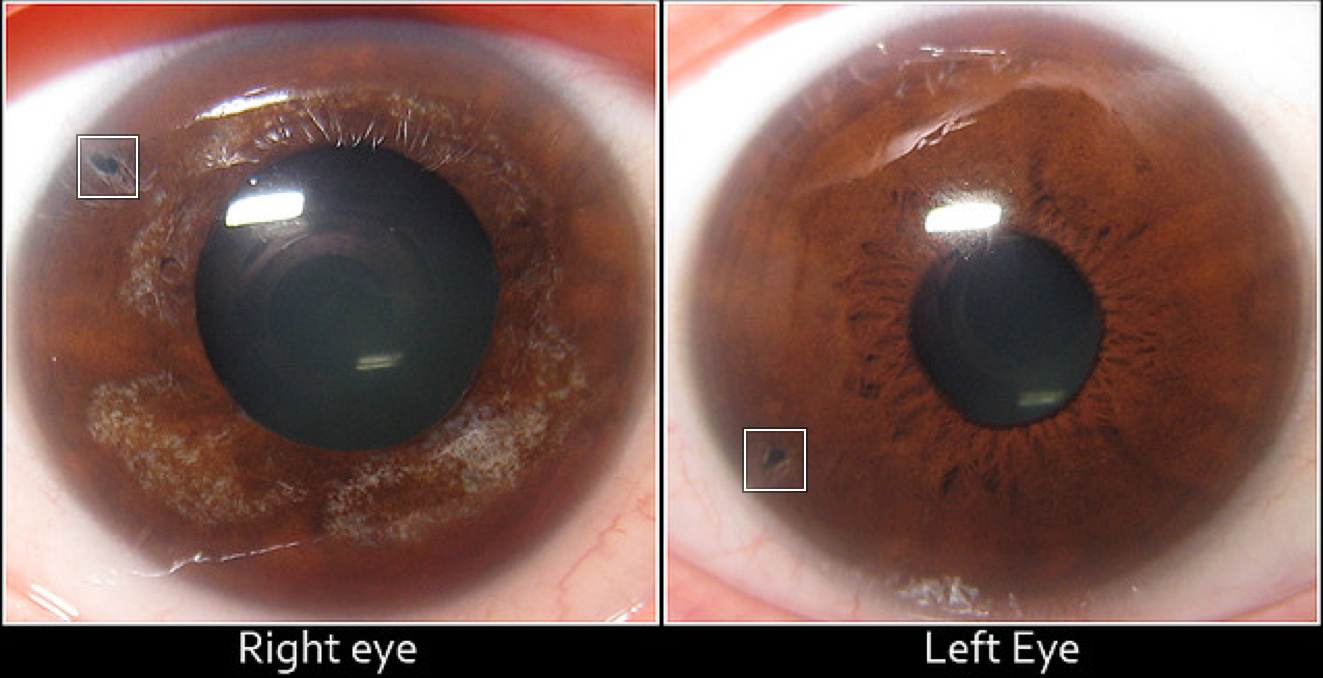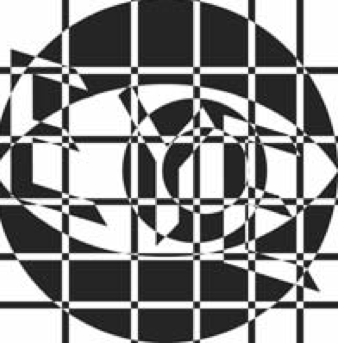Eye Diseases, Acupuncture, and Chinese Medicine
 Tuesday, July 5, 2011 at 10:24PM
Tuesday, July 5, 2011 at 10:24PM Chinese medicine has been used to treat a wide variety of eye diseases for more than three thousand years and can often have startlingly dramatic effect upon serious and progressive illness.
Below I am including a few of the recent studies which use modern scientific methods to validate the techniques which we have been using for millenium.

- [As reported in the Journal of Chinese Medicine] Acupuncture appears to benefit glaucoma patients by decreasing intraocular pressure (IOP) and improving blood circulation behind the eye. In the first study of its type, Japanese researchers enrolled eleven patients with open-angle glaucoma (OAG) and measured eye haemodynamics before, during and after either acupuncture or rest. Acupuncture was performed once, for 15 minutes, without needle manipulation, at bilateral Zanzhu BL-2, Taiyang M-HN-9, Sibai ST-2, Zusanli ST-36, Sanyinjiao SP-6, Taixi KID-3, Taichong LIV-3, Fengchi GB-20, Ganshu BL-18 and Shenshu BL-23. All patients continued to take their medication. The researchers found that IOP decreased significantly after acupuncture. Acupuncture also resulted in decreased resistance in blood vessels behind the eye, specifically ophthalmic and short posterior ciliary arteries. (Short-term effects of acupuncture on open-angle glaucoma in retrobulbar circulation: additional therapy to standard. Evid Based Complement Alternat Med. 2011;2011:157090. Epub 2011 Mar 7).
- From a Japanese medical school's research department comes this study, titled Acupuncture for Patients with Glaucoma. The researchers looked at the effects of an acupuncture method for patients with glaucoma, focusing on intraocular pressure (IOP) and visual acuity. The study used acupuncture twice weekly over 5 weeks. The results showed that intraocular pressure was significantly improved at 15 minutes after acupuncture, at one week, two weeks, and five weeks and tended to be lower weekly. Uncorrected visual acuity was significantly improved at three weeks, four weeks, and five weeks, and best corrected visual acuity was significantly improved at five weeks.
- A German study, from Forsch Komplementarmed Klass Naturheilkd, entitled, Standardized Acupuncture Therapy in Patients with Ocular Hypertension or Glaucoma--Results of a Prospective Observation StudyAugenärztliche Praxis, showed that, compared with the mean intraocular pressure in both eyes before treatment (21.94 +/- 2.4 mm Hg), patients showed a significant decrease 15 min after treatment (-2.67 +/- 1.34 mm Hg) as well as 24 h after treatment (-2.5 +/- 2.13 mm Hg). There was no significant difference between the mean intraocular pressure at 15 min after treatment and at 24 h after treatment. No adverse events were observed.The results of this study indicate that acupuncture therapy may be a valid treatment option for glaucoma and ocular hypertension patients. Additional and, if possible, randomized studies investigating the effectiveness of acupuncture in the treatment of the above-mentioned conditions still need to be conducted.
- From the journal, Medical Acupuncture, comes a followup to an initial study of acupuncture for macular degeneration with a modified protocol and an analysis of the improvement that many patients found with acupuncture therapy.
